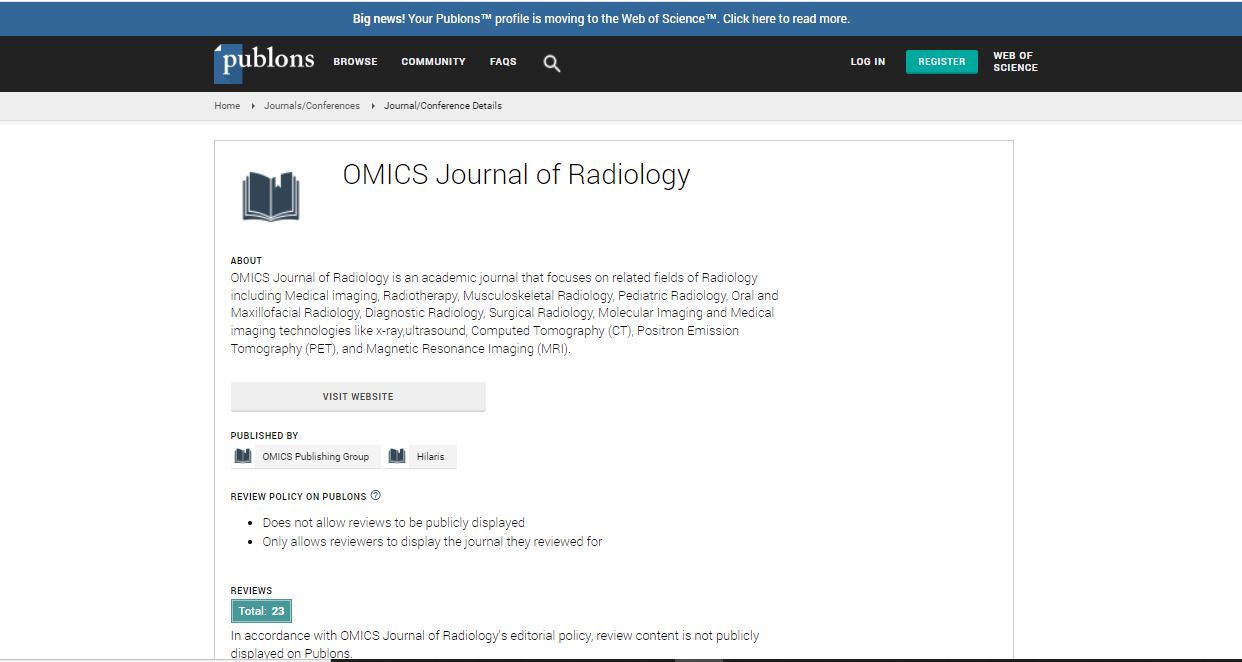Research Article
Comparison of Computer Tomography and 3D Rotational Angiography of the Left Atrium before Atrial Fibrillation Catheter Ablation; Radiation Exposure, Contrast Agent Consumption and Cost Effectiveness
| Zdeněk Stárek1*, František Lehar2, Jiří Jež2, Jiří Wolf2, Tomáš Kulík2 and Alena Žbánková2 | |
| 1International Clinical Research Center, 1st Department of Internal Medicine–Cardioangiology, St. Anne's University Hospital Brno, Pekařská, Czech Republic | |
| 2Faculty of Medicine, Masaryk University, Kamenice, Czech Republic | |
| Corresponding Author : | Zdeněk Stárek International Clinical Research Center 1st Department of Internal Medicine – Cardioangiology St. Anne's University Hospital Brno Pekařská 53, 656 91 Brno, Czech Republic Tel: 543182187 Fax: 543182205 E-mail: Zdenek.starek@fnusa.cz |
| Received: November 28, 2015 Accepted: December 11, 2015 Published: December 14, 2015 | |
| Citation: Stárek Z, Lehar F, Jež J, Wolf J, Kulík T, et al. (2015) Comparison of Computer Tomography and 3D Rotational Angiography of the Left Atrium before Atrial Fibrillation Catheter Ablation; Radiation Exposure, Contrast Agent Consumption and Cost Effectiveness. OMICS J Radiol 4:210. doi:10.4172/2167-7964.1000210 | |
| Copyright: © 2015 Stárek Z, et al. This is an open-access article distributed under the terms of the Creative Commons Attribution License, which permits unrestricted use, distribution, and reproduction in any medium, provided the original author and source are credited. | |
Abstract
Background: Catheter ablation of complex atrial arrhythmias guided by 3D models of the left atrium (LA) derived from CT/MRI or 3D rotational angiography of the heart (3DRA) is currently a common practice. Our aim is to compare radiation dose, consumption of contrast agent and cost of these methods.
Materials and methods: Over the period from October 2011 to October 2014, either 3DRA or CT of the LA was performed in 314 patients referred to complex atrial arrhythmias ablation. 3DRA (157 patients) was done according to the LA protocol using the X-ray system Philips Allura FD 10, CT (157 patients) using 64-slice CT GE Light speed VCT. All procedures were monitored for average effective dose and dose of the contrast agent. For both methods, analysis of the financial costs was conducted.
Results: The average effective radiation dose for 3DRA was 2.11 ± 0.392 mSv compared to 10.52 ± 2.093 mSv for CT. The contrast agent consumption was 22.2 mg of iodine compared to 48.4 mg of iodine in CT. Total price per procedure is 123 € for 3DRA and 162 € for CT.
Conclusion: Consumption of the contrast agent and radiation burden for 3DRA of the left atrium is significantly lower than most currently used CT scan methods. The advantage of a lower X-ray dose and contrast agent compared to CT of the heart is relative and with new generations of CT devices, both methods will be comparable. Cost of the both methods is comparable; 3DRA is slightly less expensive than CT.

 Spanish
Spanish  Chinese
Chinese  Russian
Russian  German
German  French
French  Japanese
Japanese  Portuguese
Portuguese  Hindi
Hindi 
